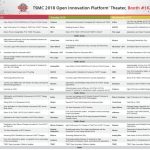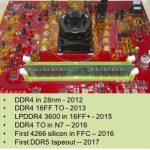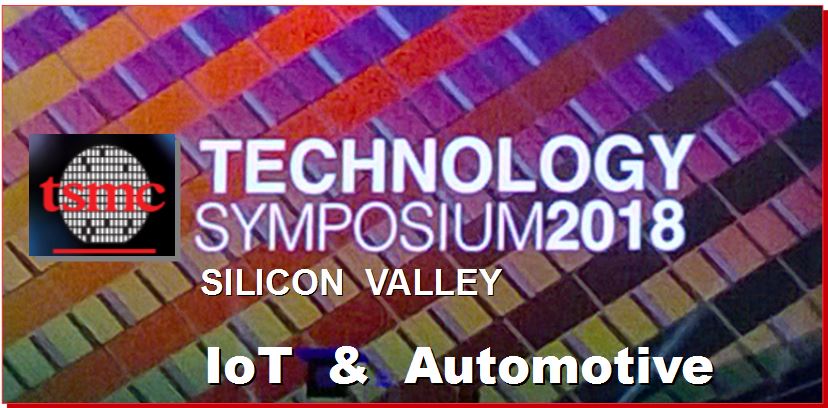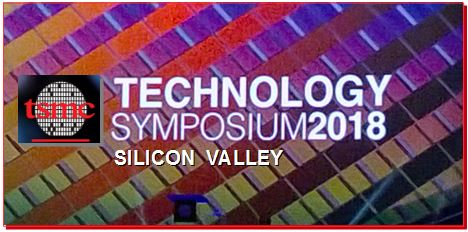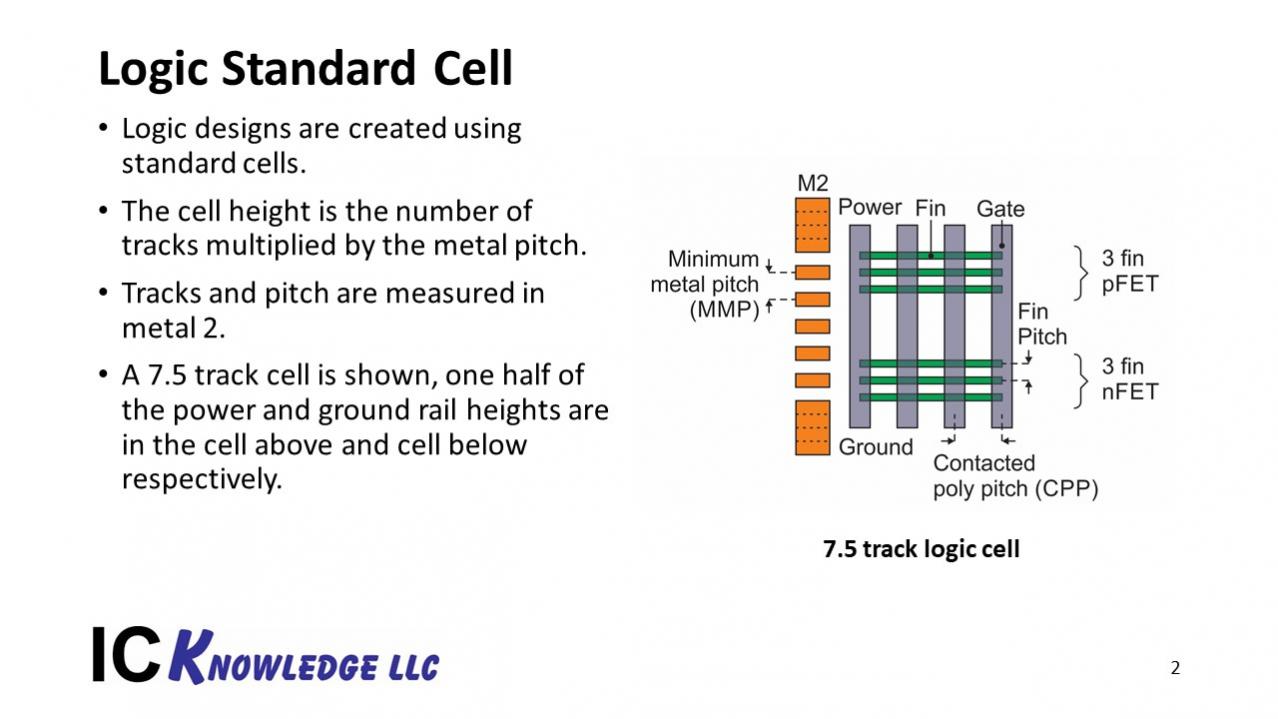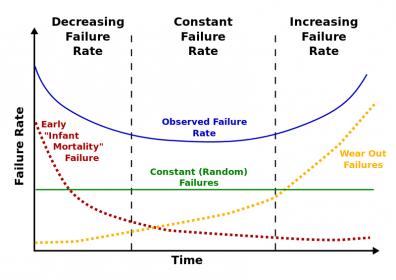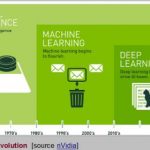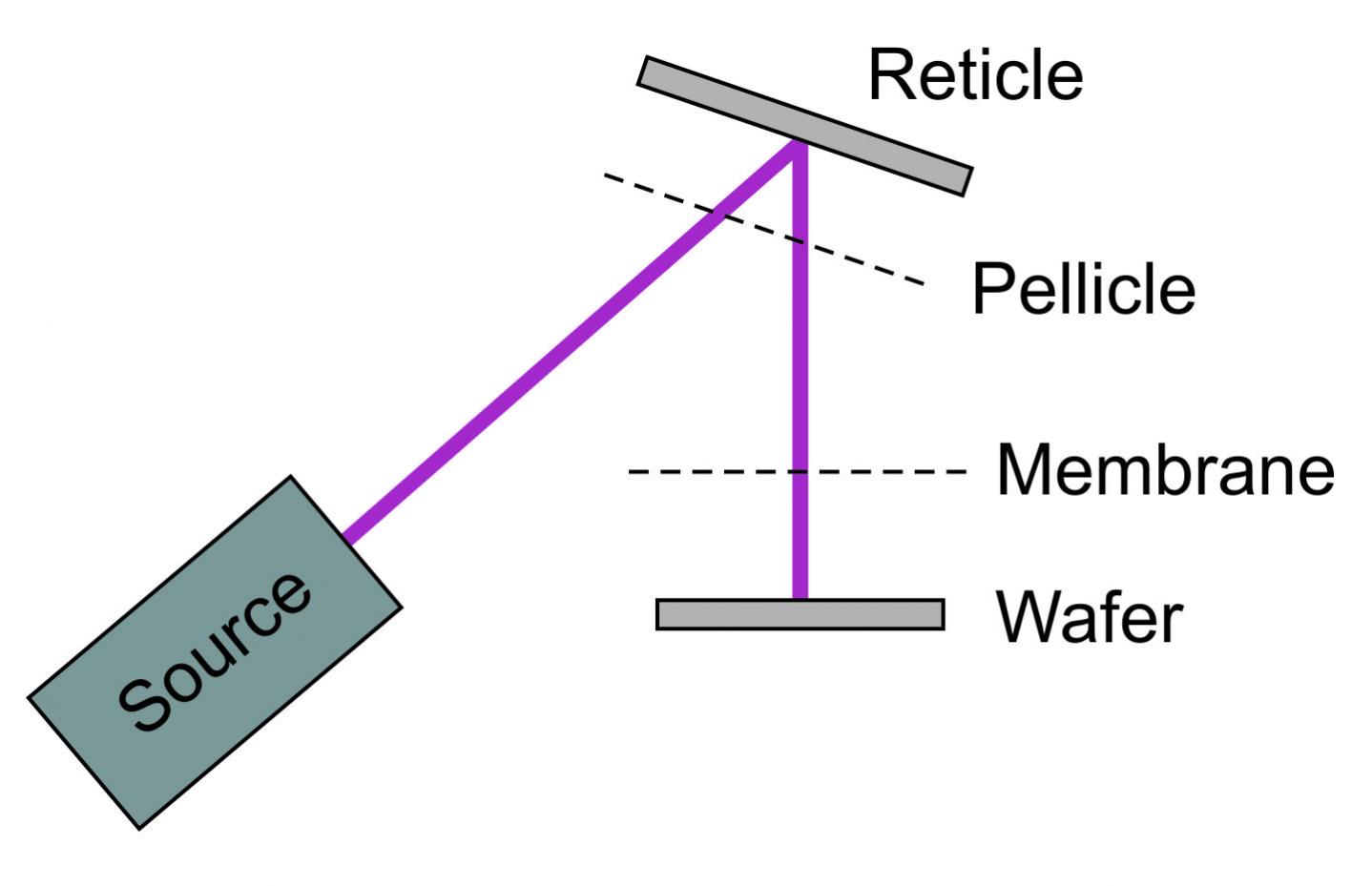The TSMC OIP DAC Theater schedule is finalized and ready to go. It kicks off Monday at 10:15 am in booth #1629 and ends with a raffle at 5:45 pm each day (Mon-Tue-Wed) TSMC gives out some very nice prizes so check in with the TSMC booth staff when you arrive. There are 66 coveted presentation spots representing the top ecosystem partners around the world. The TSMC theater is one of the busiest and if you look at the attached schedule you will see why.
TSMC OIP DAC:Overview Schedule Raffle
Honorable mentions go to the presentations by companies that we work with:
- Analog Bits: A Case Study of FinFet SERDES for AI
- ANSYS: ADAS Reliability for Advanced FinFET Design
- Cadence: Virtuoso Design Platform for Advanced Nodes
- Cadence: Advanced Semiconductor Packaging
- Cadence: IP Solutions for Advanced Nodes
- Cadence: High Performance 7nm Digital Design
- Flex Logix: Applications and Value Proposition of eFPGA by Market
- Moortec: FinFET Optimization and Reliability Enhancement
- Mentor: Verification Solutions for TSMC Advanced Packaging
- Mentor: Verification and Advanced DRC
- Mentor: Tessenet DFT Yield Solutions for Advanced Nodes
- SiFive: Enabling Access to Silicon
- Silicon Creations: High Performance PLL Design on 5nm FinFET
- Silvaco: Technology Behind the Chip
- Synopsys: Silicon Proven Designware IP for TSMC Processes
- Synopsys: Power ECOs with ANSYS Redhawk
- Synopsys: Custom Platform for TSMC
- TSMC OIP Update
Special mention goes to Open Silicon who sent abstracts for their TSMC theater presentations:
Topic: Turnkey 2.5D HBM2 ASIC SiP Solution for Deep Learning and Networking Applications
Presenter: Asim Salim / VP of Manufacturing Operations, Open-Silicon
The most common memory requirements for emerging deep learning and networking applications are high bandwidth and density, based on real-time random operations. High Bandwidth Memory (HBM2) meets these requirements and delivers unprecedented bandwidth, power efficiency and small form factor. Open-Silicon’s silicon proven HBM2 IP subsystem in TSMC’s FinFET and CoWoS® technologies is enabling next generation high bandwidth applications and the successful ramping of 2.5D HBM2 ASIC SiP designs into volume production.
Topic:IP Subsystem solutions for Deep Learning and Networking Applications
Presenter: Kalpesh Sanghvi / Technical Manager of IP and Platforms, Open-Silicon
For Deep Learning and Networking applications ASICs, HBM IP Subsystem, Networking IP Subsystem are main building blocks. Open-Silicon’s first HBM2 IP subsystem in 16FF+ is silicon-proven at 2Gbps data rate, achieving bandwidths up to 256GBps. Open-Silicon’s next generation HBM2 IP subsystem supports 2.4Gbps in 16FFC, achieving bandwidths up to >300GBps and supports 3.2Gbps and beyond data rates in 7nm, achieving bandwidths up to >400GBps. Open-Silicon’s Networking IP subsystem includes high-speed chip-to-chip interface Interlaken IP, Ethernet Physical Coding Sublayer (PCS) IP, FlexE IP compliant to OIF Flex Ethernet standard v1.0 and v2.0, and Multi-Channel Multi-Rate Forward Error Correction (MCMR FEC) IP.
Topic:Package Design, Assembly and Test Strategies for Robust 2.5D HBM2 ASIC SiP Manufacturing
Presenter: Abu Eghan / Sr. Manager of Packaging & Assembly, Operations, Open-Silicon
2.5D HBM2 ASIC SiPs manufacturing has unique challenges for package design, assembly and testing both at the wafer level and the SiP level. Open-Silicon’s has proven solutions and strategies that are available to mitigate these issues in order to successfully ramp ASIC SiP designs into volume production.
About DAC
The Design Automation Conference (DAC) is recognized as the premier event for the design of electronic circuits and systems, and for electronic design automation (EDA) and silicon solutions. A diverse worldwide community representing more than 1,000 organizations attends each year, represented by system designers and architects, logic and circuit designers, validation engineers, CAD managers, senior managers and executives to researchers and academicians from leading universities. Close to 60 technical sessions selected by a committee of electronic design experts offer information on recent developments and trends, management practices and new products, methodologies and technologies. A highlight of DAC is its exhibition and suite area with approximately 200 of the leading and emerging EDA, silicon, intellectual property (IP) and design services providers. The conference is sponsored by the Association for Computing Machinery’s Special Interest Group on Design Automation (ACM SIGDA), the Electronic Systems Design Alliance (ESDA), and the Institute of Electrical and Electronics Engineer’s Council on Electronic Design Automation (IEEE CEDA).

